The good of DNA and genealogy. DNA and Genealogy set me up for a very interesting , humbling and fulfilling weekend in Hamilton, Ontario
Hamilton Ontario and Union Station Platform 9 3/4
As a fan of Hamilton, Ontario, where I have had the pleasure of speaking, twice, in a month, or so I am happy to say, I now know how to get there. I’ll be back in Hamilton in June at the Ontario Ancestors (OGS) 2020 Conference. I am very much looking forward to it and I have solved a HUGE transportation issue.
Taking the train to Toronto, one must change at Union Station to the Go Transit Bus system. It’s a bit awkward in union station, but I have nailed it. Go to the York Concourse, and take the elevator, very near the entrance from the great hall, up to level 3, to the GO Train platform. Take a left out of the elevator then walk to the very end of the platform.
Push yourself and your luggage cart through the wall, taking care to not hurt your owl. Wait…
At the end of the platform you can take the stairs or go around the corner to the left and take the elevator down to the bus platform. Got it? Good, so far, so now your travel to Hamilton from Union Station Toronto will be less stressful (no there are no trains to Hamilton).
BUT…there’s more! Once you get into Hamilton you can take your bus all the way down to the Bus Station, about a half km walk, to the hotel across from the convention centre entrance (The Sheraton Hamilton Central). Or you can get off on Main St. in front of the cool Hamilton sign, near King St. West, walk across the street, down and around the corner to the entrance of the convention centre/hotel. Google Maps, Pshaw.
Leaving is so hard to do! Not really. The bus stop to get back to Toronto’s Union Station is right outside the entrance to the Honest Lawyer (it’s a bar/adult arcade not a real honest lawyer) across from the entrance to the convention centre and next to the hotel. Or if you are into health in June, in Canada, then walk yourself back the half km to the bus station.
Thank you, and shout out, to the Hamilton Public Library for throwing such a great Genealogy Fair. What a great turnout! What a great space! What friendly volunteers/event staff. Loved being so well cared for, throughout!
Ontario Ancestors! Thank you for sponsoring my contribution to the day. I can’t imagine having more fun at work than I do, you made my weekend.
My lecture? The audience was full, attentive, and engaged. We had fun learning about DNA!
Here are some Photo’s.
Big Thing #1
The two biggest things that happened during the day? As soon as I arrived, I was helped with my booth/table setup by my neighbors, the Hamilton Branch of the UEL, thanks Martha and Pat. No, that isn’t a big thing, to you. Martha is the big thing (sorry Pat). I didn’t remember her name on the first go. She and Pat immediately created nametags for themselves. Upon reading Martha’s name? I really shouldn’t give her privacy away, but suffice it to say that her nametag included one of my surnames. One that I have not researched (I don’t have time to work on my own family!!!) Now I have started a name/place study to figure out how we are connected. Bad Martha!
Big Thing #2
The other big thing? This is a really big thing. It’s about how the power of DNA can give us a sense of self, of identity.
A Lady who has attended my lectures in the past came by my booth before lunch. She was with a “friend” and they started confusing the heck out of me trying to get me to help them with the last nudge their research needed to tell them who their Earliest Known Shared Ancestor is.
I finally had to get them to spoon feed me the names dates and places so I could start drawing out a chart I create for all of my clients (for me). It is based on the Maguire Method of looking at diagraming shared matches. The chart let’s me see how close family members are related and their level of relatedness. I referenced Blaine Bettinger’s Shared cM tool at DNA Painter, to help with the cousin/familial relationships and added those relationships to my McGuire Method chart.
After getting all the data down in a rough sketch we all three (more me than them) could easily visualize the familial connections and immediately we saw something was wrong in the family story. These were first cousins, these two ladies, but the amount of shared cM’s pointed to something dark and sinister about the birth of one of the lady’s Mothers.
This mother had been adopted. The other lady, who was a part of the first lady’s birth family, had accessed a family journal entry from a cousin, which stated that an aunt had gone away to Michigan and became pregnant while she was there. Once she was home and nine months later? A baby girl was born. The baby girl was shuffled off to live with an Aunt out west and all was good and a happy ending for the baby was guaranteed.
But the numbers were off. We talked of endogamy and could endogamy have anything to do with how things were lining up? It certainly looked like it, especially after looking at the high number of high cM matches that turned up in the match list.
The ladies, cousins, were throwing out three different father names from my sketch. How could this fella be, or this fella? It was all wrong and nothing really pointed to any of the men. Then, I ran David Pike’s ‘Runs of Homozygosity (ROH)’ utility at GEDmatch (click on “Are Your Parents Related” in the right hand column of your GEDmatch home page) on the adoptee’s kit at GEDmatch.
“Since you inherit half of your DNA from each of your parents, it stands to reason that large blocks of SNPs where both alleles are the same would be an indication that your parents each inherited that block from the same ancestor. These are called ‘Runs of Homozygosity’ (ROH). There are other utilities available that look for ROH for other purposes, but this analysis is specifically aimed at determining how closely related your parents might be.” – David Pike’s ‘Runs of Homozygosity (ROH)’ utility GEDmatch.
Running the analysis took a second, which seemed like and hour…
David’s utility pointed us to the right man. Still a member of the family, but not a possible 1st cousin to the mother. The ladies were a bit worried that, that would be the case. It was still not a nice story for them, though. It appears that they share a common grandfather. That this man had had an affair with his wife’s sister, a baby was born, though not shipped off to the far away sister, but put up for adoption close by. It certainly isn’t the happy ending from the journal. But a happy ending none the less. Two cousins discovered together, who they were; one morning at their local library’s genealogy fair.
Oh, the power of DNA and the tools our community has put together for us to use, free of charge to make these kinds of discoveries. This is the kind of story I like to see about DNA databases and the genealogy community.



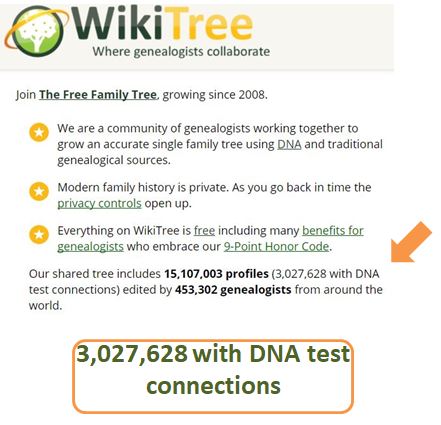
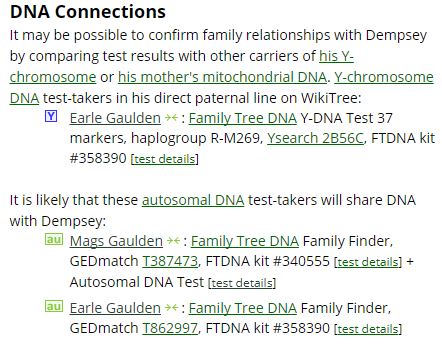
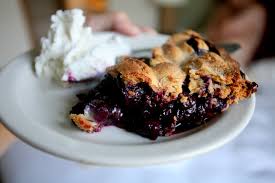
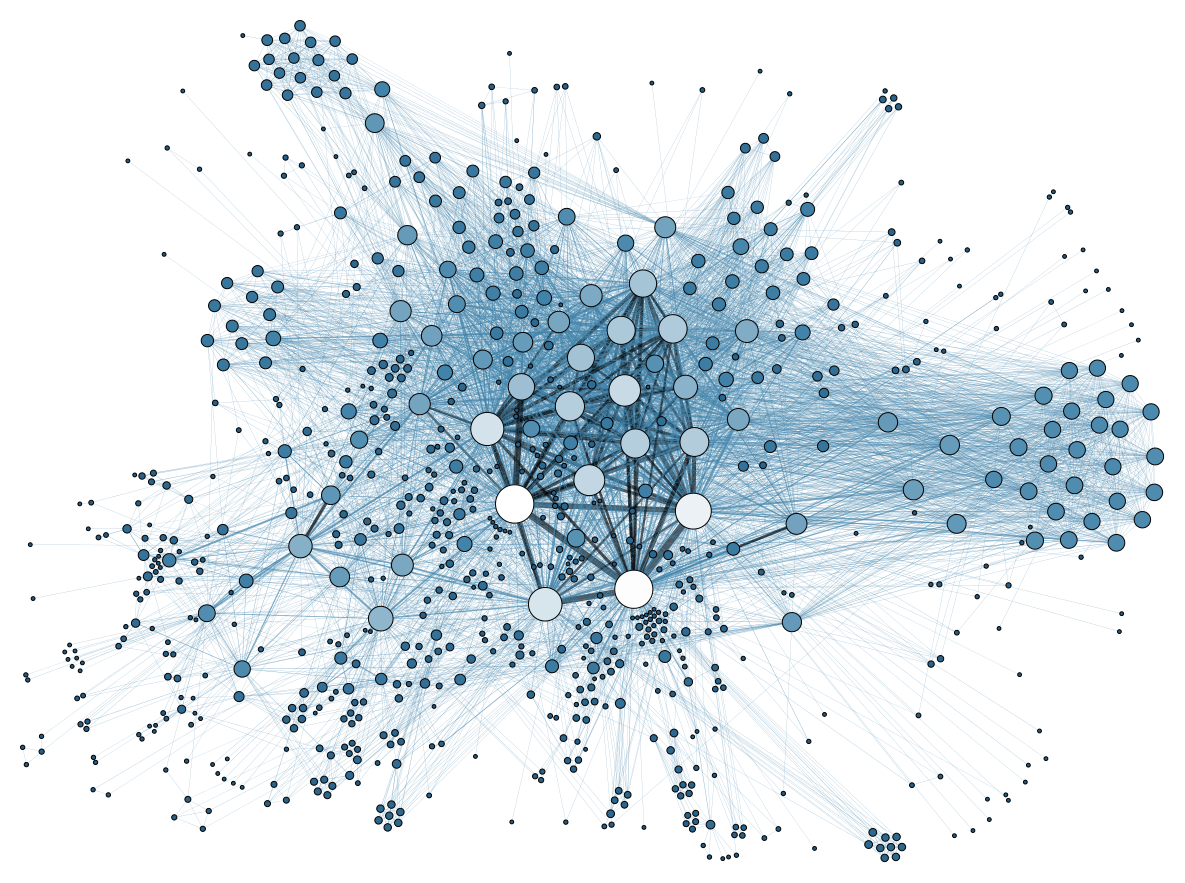
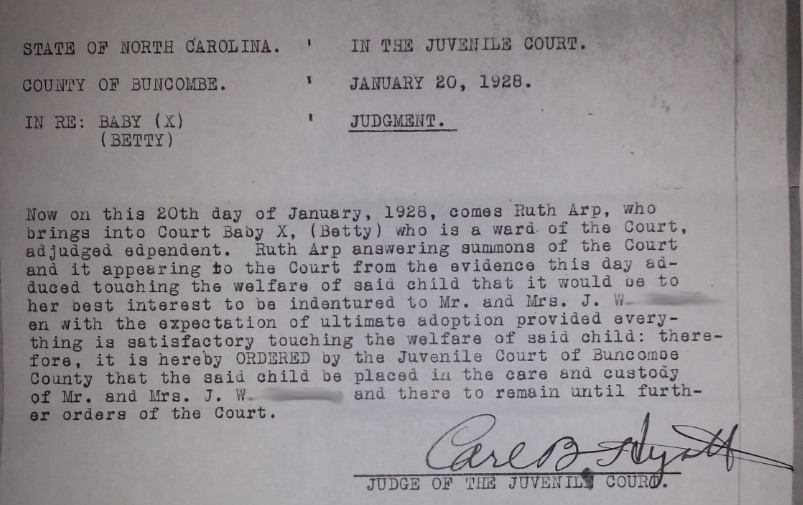
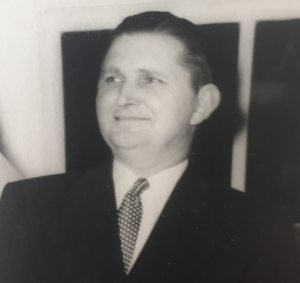 How did it happen? How did Betty Jean come about? We have no idea. It was a secret he kept to his death.
How did it happen? How did Betty Jean come about? We have no idea. It was a secret he kept to his death.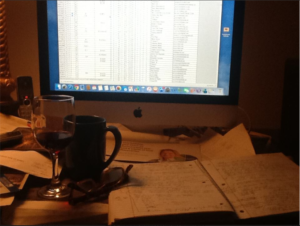
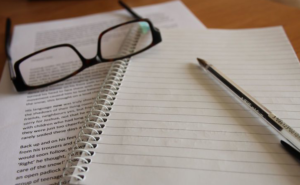 Subsequent communications from the adoption agency to Pat also gave more information on the birth mother and birth father. Like occupations, religion, height and ultimately what the cause of death was for her birth father – cancer.
Subsequent communications from the adoption agency to Pat also gave more information on the birth mother and birth father. Like occupations, religion, height and ultimately what the cause of death was for her birth father – cancer.



